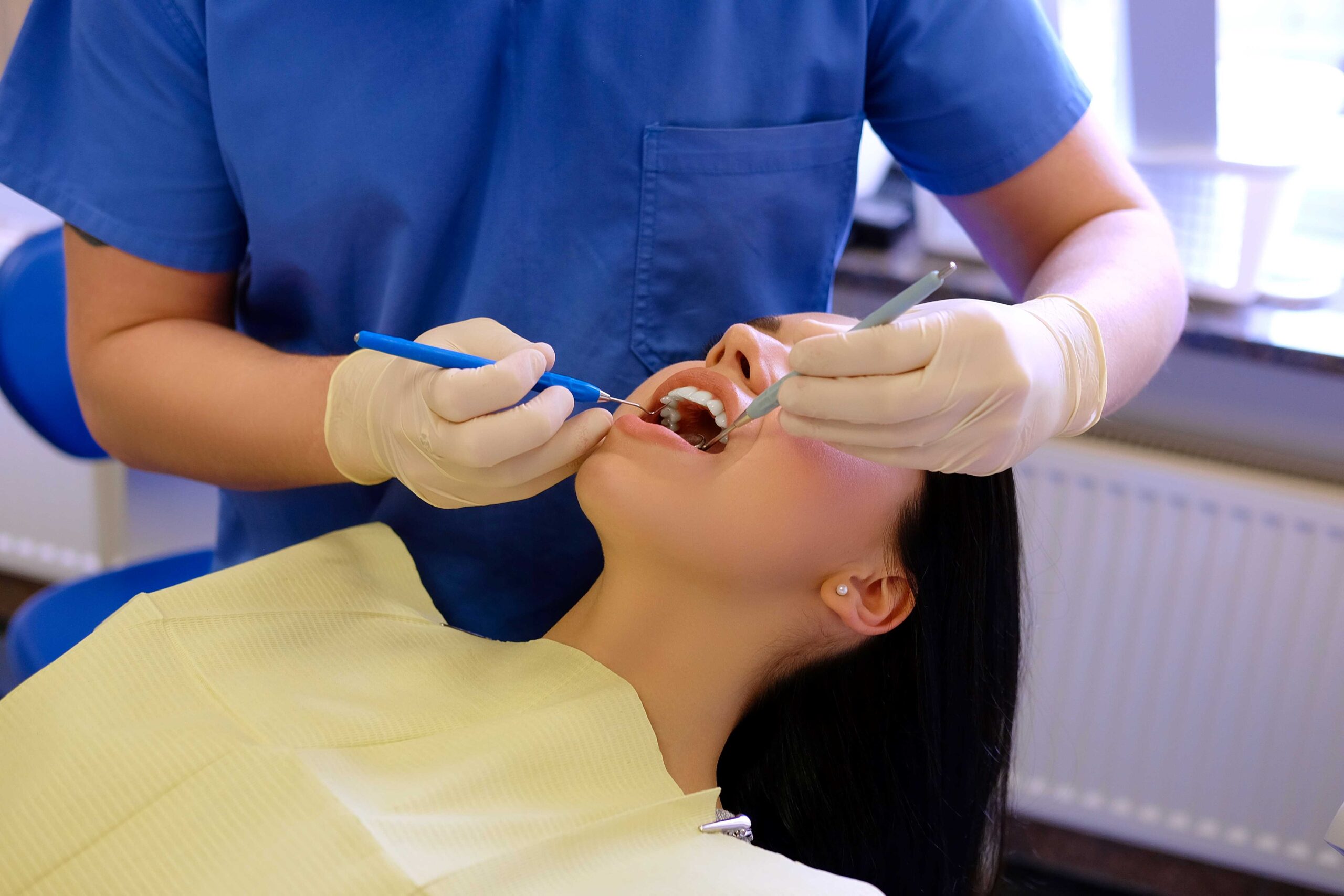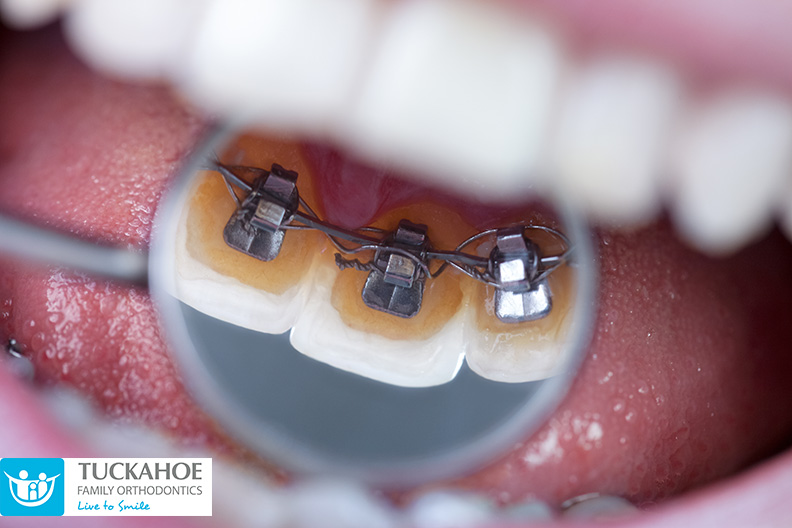The Main Principles Of Legacy Orthodontics
The Main Principles Of Legacy Orthodontics
Blog Article
The Facts About Legacy Orthodontics Uncovered
Table of ContentsExamine This Report about Legacy OrthodonticsHow Legacy Orthodontics can Save You Time, Stress, and Money.What Does Legacy Orthodontics Mean?The 25-Second Trick For Legacy OrthodonticsThe 9-Second Trick For Legacy Orthodontics
At Advanced Orthodontics, we give people with a all natural therapy experience. Furthermore, we offer flexible treatment timetables, flexible payment choices and an enjoyable, pleasurable experience. braces. Call ( 480) 357-4900 today to find out more and timetable a visit.An orthodontist is a dental professional trained to detect, prevent, and treat teeth and jaw abnormalities. Orthodontists work with people of all ages, from children to adults.
Malocclusion, or misaligned teeth, can lead to oral issues, consisting of dental caries, periodontal disease, and challenging or agonizing eating. Not every person is birthed with straight teeth. If you have a poor bite or huge rooms between your teeth, you may intend to get in touch with a dental expert concentrating on orthodontic care.
A Biased View of Legacy Orthodontics
( Picture Credit History: DigitalVision/Getty Images) Orthodontists make use of taken care of and removable dental gadgets, like braces, retainers, and bands, to alter the position of teeth in your mouth. Orthodontic therapy is for dental abnormalities, consisting of: Jagged teethBite troubles, like an overbite or an underbiteCrowded teeth or teeth that are too much apartJaw misalignmentThe goal of orthodontic treatment is to improve your bite.
While you could believe of orthodontists as mainly for youngsters or young adults who require braces, they can fix dental troubles at any kind of age. Orthodontists attend university, dental college, and orthodontic college.
, however not all dentists are orthodontists. They focus on two areas: How to properly and securely relocate teeth How to appropriately direct growth in the teeth, jaw, and faceOnce an orthodontist has finished training, they have the choice to become board licensed.
Legacy Orthodontics Can Be Fun For Everyone
Misalignment, or malocclusion, is the most typical reason individuals see an orthodontist. It is genetic and is the outcome of size distinctions between the top and lower jaw or in between the jaw and teeth. Malocclusion results in tooth overcrowding, an irregular jaw, or irregular bite patterns. Malocclusion is usually treated with: Your orthodontist attaches metal, ceramic, or plastic square bonds to your teeth.
If you have just minor malocclusion, you may be able to make use of clear dental braces, called aligners, as opposed to conventional braces (https://www.quora.com/profile/Brian-McCune-24). Some people need a headgear to aid move teeth right into line with pressure from outside the mouth. After dental braces or aligners, you'll require to use a retainer. A retainer is a custom tool that maintains your teeth in position.
They're usually made use of on children. They can create extra area in the mouth without needing to pull teeth. If you have a major underbite or overbite, you could need orthognathic surgical procedure (likewise called orthodontic surgical procedure) to lengthen or reduce your jaw. Orthodontists use cords, medical screws, or plates to sustain your jaw bone.
You might require to see an orthodontist if you have: Crowding or not adequate room for all of your teethOverbite, when your top teeth come over your bottom teethUnderbite, when your bottom teeth are also far forwardSpacing or problems with gapsCrossbite, which is when your top teeth fit behind your bottom teeth when your mouth is closedOpen bite or a vertical space between your front bottom and top teethMisplaced midline, when the center of your base and upper teeth don't line up Correcting an oral malocclusion can: Make attacking, chewing, and talking easierImprove the symmetry of our face and your total appearanceEase pain Going Here from temporomandibular joint disordersSeparate your teeth and make them simpler to clean, assisting stop dental cavity or tooth cavities It's often a dentist who first notices misaligned teeth throughout a routine examination.
The Buzz on Legacy Orthodontics

Throughout your first orthodontic assessment, you'll likely have: An oral examPhotos taken of your face and smileDental X-raysPanoramic (360 level) X-rays of your face and headImpressions to develop molds of your teethThese tests will certainly aid your orthodontist know how to proceed with your treatment. leesburg invisalign. An orthodontist is a dental expert who's had training to treat your teeth and jaw
An orthodontist is concentrated on your bite, so something like a broken tooth would certainly be managed by a dental practitioner. Orthodontists are focused on your bite, or the means your teeth fit together, and the straightness of your teeth.
Ever questioned just how celebs always seem to have completely aligned teeth? The solution typically hinges on the skilled hands of an orthodontist. Yet just what does an orthodontist do? Orthodontists are oral specialists who concentrate on fixing irregularities in the teeth and jaws. Their expertise surpasses just developing a gorgeous smile; it includes boosting your overall oral wellness and feature.
Our Legacy Orthodontics Diaries

While braces are one of the most frequently identified orthodontic treatment, orthodontists have a varied toolkit at their disposal. The particular strategy chosen depends on the intensity of the instance, the patient's age, and private preferences. These reliable braces make use of a system of braces bound to the teeth and attached by wires.
These detachable trays are tailor-made to gradually change the teeth's position. In cases of narrow jaws, palatal expanders can be used to produce room for correct tooth alignment.
Report this page